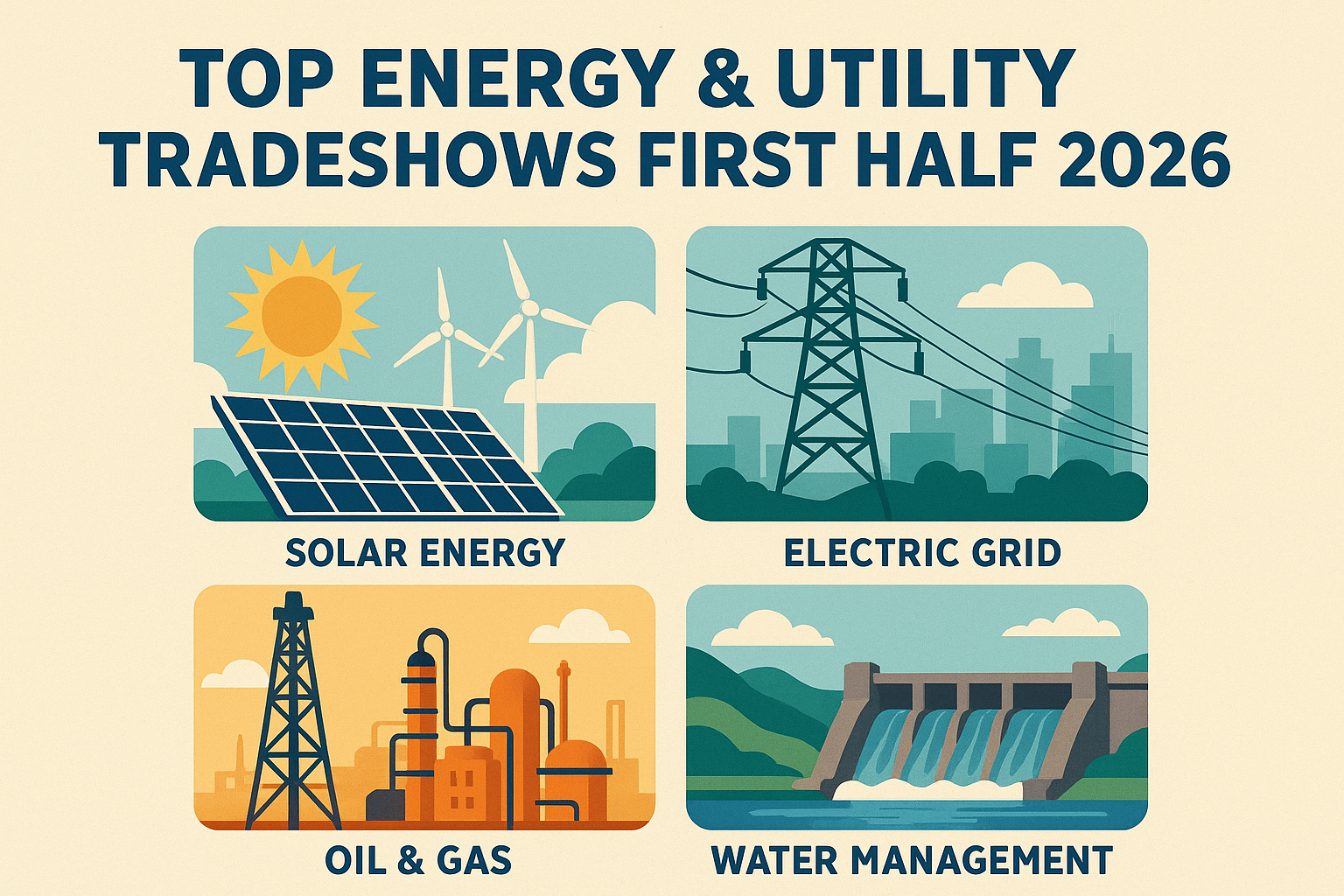We’re getting towards the end of Q4, and want to end the year on a high note in terms of revenue. It’s that time of the year, where you don’t want to make additional spends but make the most of what you have—including pulling everything together to close the deals that are in your pipeline.
But that is not as simple as it sounds. While the effort to close deals means stringing internal teams and champions together for the rally, the prioritization of the right incoming accounts is where the challenge is.
As trial signups and demo requests keep coming through your website forms and chatbots, more and more accounts get added to your CRM. Here’s what we hear from our customers and prospects say all the time:
“CRM hygiene is a full time job. While automation is great for sending emails and notifications, prioritizing the right accounts based on true buying intent signals is where a lot of effort goes to waste.”
While quite a lot of companies claim to offer intent data, the question is—is it real buying signals with respect to each account or is it just an enriched account list or maybe a list based on search intent.
Most intent data providers are either talking about intent based on people from specific companies searching for a specific keyword or website visitors visiting specific pages on your website and taking some action.
In reality, neither of these are true buying intent. While it is better than cold-calling people, the intent you get is as good as an informed guess.
Why is intent even a problem you ask? Let’s dive into it.
The real issue in most cases isn’t demand generation or demand capture
Most GTM efforts are lost between demand generation and demand capture. A huge sect of marketing is still batting for demand generation over capture. The other school of thought is to capture the demand already out there with SEO and paid ads, and some talk about having a good balance between the two.
However, the truth is—demand generation vs. demand capture is not the core issue. Let’s not waste time on that debate.

While both have their pros and cons, the most important and yet ignored part is the accounts already existing in your CRM.
The question to ask is—what is happening with the accounts existing in my CRM? Is it a mess or are we pursuing them diligently with a clear logical process.
Let’s see if this scenario feels familiar to you:
Every day new accounts get added to your CRM in the form of signups or demo bookings. If it’s a demo booked, the SDRs try to qualify them, and pass them on to the AEs. Then the AEs take the conversation forward and try to close the deal.
But in case of a trial signup, some accounts end up becoming a paid customer over time, and many others slip through the cracks. Similarly a percentage of AE demos convert, while others don’t move forward.
What happens to these accounts (the ones that didn’t become your customers) in your CRM?
They end up in the nurture email sequence where these accounts are bombarded with generic marketing emails that hope they’ll convert one day.
Feels like a scene that has played out a million times in front of you? Let’s now understand why it is a problem.
Understanding the intent profile of your CRM accounts
From our experience, we see that the best SDRs don’t go after 50 accounts a day (that model worked 15 years ago, not today). SDRs today want to deeply engage with 6-7 accounts for a couple of weeks and bring in the believers, while the non-engaging accounts get cycled out. The best SDRs are not looking to just get a qualified meeting, they build a pipeline for their AEs with potential evangelists. Given this scenario, SDRs don’t want you to add 50 new accounts to their list every week, they want few accounts that have high potential in terms of buying intent.
The issue with most intent tools
When we talk of buying intent, let’s address the elephant in the room. A lot of companies offer intent data—from 6sense to Demandbase to Bombora to many more. However, most of these tools equate actions performed by users to their company’s buying intent, which isn’t true in most cases.
It’s crucial to understand that just knowing someone from a company has visited your website or searched for relevant keywords, doesn’t reveal the actual decision maker for that specific initiative. Especially for large organizations, pinpointing the individual responsible for a particular project can be a daunting task. Without this knowledge, your sales efforts might be directed towards the wrong person, making it harder to close deals quickly.
Most intent data tools fail to identify the potential champion of your cause within an organization. This individual is often the key to faster deal closure. Unfortunately, many of these tools only provide surface-level information about a company’s interaction with your website or content, without giving you clear insight into who the actual decision maker is or why they might be interested in the problem your product is solving. This limitation can slow down the sales process, as you might be communicating with the wrong people.
You need to thoroughly understand your target market, beyond their website data. It involves getting to know their preferences, behaviors, needs, and challenges. The more you understand your potential customers, the better chances you have at convincing them that your product or service is the best solution for their needs.
Information gathering in this context is not limited to a specific source. Instead, it involves leveraging various sources like social media, industry reports, customer feedback, and more to gather detailed insights about your target market. Using these multiple sources can provide more rounded, accurate, and comprehensive data, thereby improving your approach towards them.
A comprehensive intent profile is a profile that sheds light on potential customer’s intentions, desires, and potential future actions. It helps in predicting their buying behavior and designing communication in a way that meets their needs. By understanding their intent, you can tailor your product or service offerings to better fit their needs, thereby closing deals faster.
It’s not like looking into Crunchbase and getting some demographic data about the company. And, if your target accounts are SMBs and mid-market, then most of these companies might not even have a Crunchbase profile.
Here’s how to fix it using B2Brain
1. Simply install the B2Brain Chrome extension, which automatically becomes a widget into your CRM.

2. Run a check on all the existing accounts in your CRM.

3. Select the account segment for which you want to generate a report. In this case, let’s say you want to generate a report on all the accounts you’ve engaged in Q4 of 2023.

4. This is when the B2Brain platform uses machine learning algorithms to ingest information from multiple data sources relevant to your engaged accounts, such as news, blogs, articles, financial reports, social media, etc.
The wide range of trigger events, strategic shifts, and changes within those engaged accounts tell you a lot more about their buying intent, goals and more, than merely relying on website visits or what they searched for. It thus helps you prioritize these accounts based on their buying intent.
At this point, your engaged accounts get sorted into those that have high buying intent, medium intent, and so on. B2Brain also shows you the parameters based on which the account intent is ranked.

5. The next is to know what’s the right message for these accounts and whom to reach out to. Also, the right message needs to be backed by knowing why the pitch is right for the account. This is where you get the talking points as well as the right people to reach out to, without having to leave your CRM.

The talking points that B2Brain gives you comes from gathering account insights across multiple sources, each of which is referenceable. For example, the talking points shared above tell you that White Pages is expanding into a new market, and might need a paper provider given its increased printing needs.
You get an idea as to what to pitch, how it fights into the strategic goal of White Pages. It’s hard to get in front of the right people, but when you do, you want to be clear, concise, and persuasive.
From an SDR standpoint, this saves a lot of time and manual effort. Instead of spending one day every week gathering account insights, they can now use the extra day for booking more meetings.
More accounts ≠ more revenue
In short, it is a common misconception that increasing the number of accounts in your CRM would directly boost revenue. Oftentimes, you don’t need to add more accounts to your CRM, but simply do more with what you already have. Careful account analysis and understanding customer intent can help you close more deals faster, thereby boosting revenue.
Especially in the last few months of the year when you’re trying to close out on a high, it makes a lot more sense to deepen the understanding of the accounts that are in your pipeline than trying to broaden the funnel.Want to give your best shot in the last few days of the year? — sign up for a free trial of B2Brain and experience the increase in close rates yourself.




